The world is increasingly embracing digital transformation, making online shopping the go-to. The transformation of the eCommerce sector is quite evident from the numbers, with revenues reaching an impressive US$3.64 trillion in 2023.
However, this is just a mere beginning. The industry is on a trajectory to grow at an annual rate of 11.17% from 2023 to 2027. This will lead to a stunning market expansion to US$5.56 trillion by 2027. Thus, it is clear that online retail is setting the pace for the future of shopping, and the demand for innovative shopping platforms is skyrocketing.
So, if you plan to seek advantage of this expanding growth, now is the right time. You can launch a shopping app like Temu in this vibrant market and create a mark. But how can you do that efficiently?
In this guide, we will delve into the intricacies of building a shopping app that can thrive in this ever-expanding market. But before we begin building a shopping app like Temu in 2024, let us first understand why Temu is a standout player in this dynamic landscape.
Overview of The Temu App
Temu has emerged as a popular shopping app in the United States. It is available on both iOS and Android and is designed to help users find the best deals on a wide range of products. The app offers a unique approach to online shopping where users can team up with friends or family to negotiate discounts on their purchases. In addition to it, the app allows users to collaborate for lower prices and seek exclusive rewards and discounts. A pretty new and innovative way to shop online, isn’t it?
-
Business and Revenue Model
Temu sources its products directly from manufacturers through Pinduoduo’s supply chain. This enables them to offer a broad range of items at reduced costs, along with competitive deals, flash sales, and discounts. This attracts a large customer base and drives sales growth. Another critical component of Temu’s business model is its group buying system. As more people join together to purchase a product, the price decreases. This encourages even more sales despite having a lower profit margin on each item.
-
Revenue Model
Temu earns revenue through transaction fees, commissions on sales, and advertising. This approach allows Temu to generate income while maintaining low user prices. For each transaction processed through the app, Temu charges sellers a fee and retains a small percentage of the sale. Additionally, advertising plays a significant role in the company’s revenue stream. They collaborate with companies to feature their products within the app and receive payment. This combination of transaction fees, sales commissions, and advertising income provides a solid foundation for Temu’s business model.
What Does It Take To Develop An Efficient Shopping App Like Temu?
You need to put together a list of crucial elements for your e-commerce store like Temu. These components are essential for providing customers with a seamless shopping experience and effectively running your business. Here are the steps to do it right!
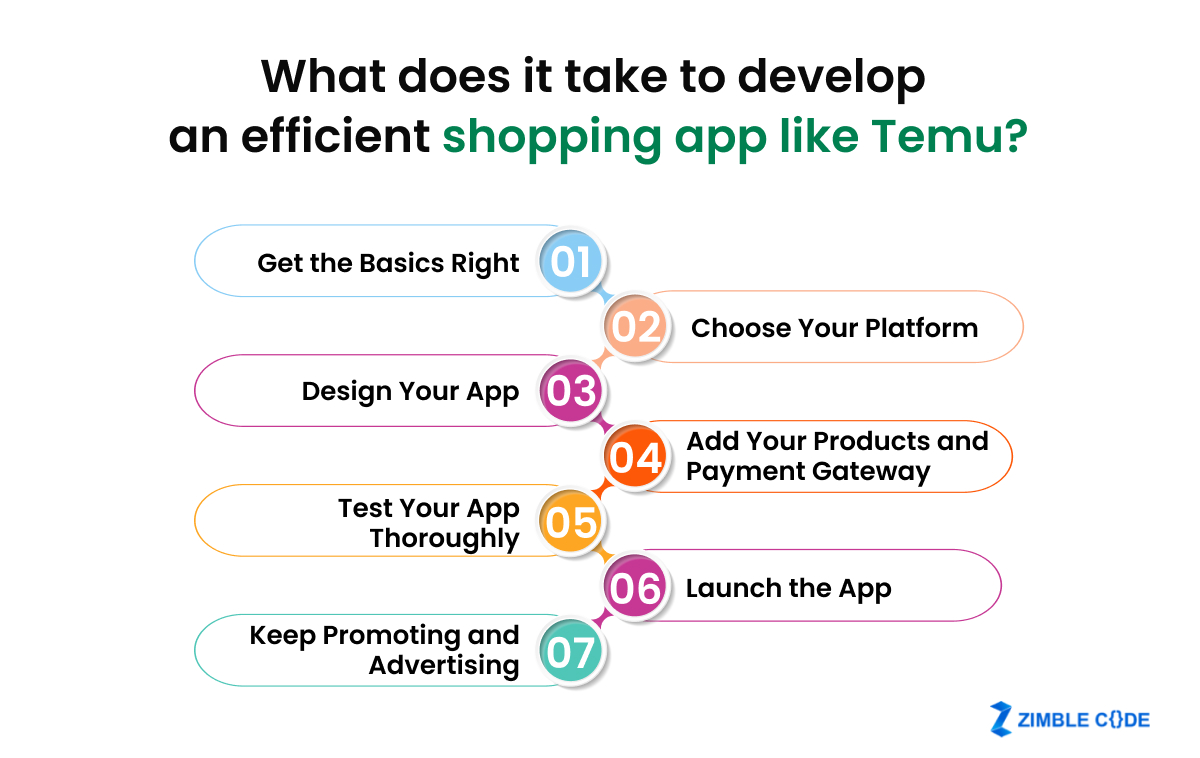
Step 1: Get the Basics Right
- Choose a Short and Relevant Domain Name: Your domain name is your app’s online address. So, choose one that is easy to remember and represents your brand. Opting for a name that includes keywords related to your products or services is ideal.
- Select Shopping Cart Software: Remember that this software forms the core of your e-commerce app. So, look for a solution that makes managing products easy, tracking inventory, and creating a smooth customer shopping experience. It should also support a variety of payment gateways and be scalable as your business grows.
- Opt for a Payment Gateway: Payment processing is critical to any shopping app. Go with a reputable option like PayPal to ensure safe transactions. This builds customer confidence and can help reduce shopping cart abandonment.
Step 2: Choose Your Platform
- Consider Platform Features and Design: The shopping app platform significantly impacts your app’s success. Consider the cost, the features you’ll need, and how easy it is to use. You need to decide whether you want an app with frameworks like React Native or Flutter or a web-based app using AWS.
- Pick the Right Technologies for Development: Depending on your app’s needs, choose the technologies that work best for you. React and React Native are great for cross-platform mobile apps, while AWS offers reliable cloud infrastructure for web apps.
Step 3: Design Your App
- Align the Design with Your Brand: The look and feel of your app should match your brand’s personality. Choose a theme that reflects your brand’s style, including colors, fonts, and imagery. A consistent design helps users recognize your brand and enjoy their experience on your app.
- Ensure Easy Navigation: An easy-to-navigate app is crucial. You can hire mobile app developers in the USA to design clear menus with recognizable icons. It will allow your users to find what they’re looking for without hassle and check out seamlessly.
- Use High-Quality Images and Testimonials: Visuals play an impactful role in building credibility. So, use high-quality product images and include customer testimonials and reviews. This will add to the visual appeal and help users make informed decisions.
Step 4: Add Your Products and Payment Gateway
- Create Detailed Product Pages: Each product page should give users the necessary information. This includes the product name, price, detailed description, specifications, and high-resolution images. You can also add additional details like dimensions and materials, which would also be helpful.
- Integrate Secure Payment Gateways: To offer a seamless checkout experience, integrate secure payment gateways. You can consider a mix of options like credit and debit cards, digital wallets, and services like PayPal or Stripe.
- Add Shipping and Tracking Features: You can enhance your customer’s shopping experience by integrating third-party shipping and tracking APIs. This will give customers real-time updates on their orders, including tracking numbers and estimated delivery times.
Step 5: Test Your App Thoroughly
Conducting a comprehensive testing session of your app before launch is essential. First, test the user interface to ensure it is smooth and intuitive. Next, test the backend to ensure data handling and security are solid. Finally, make sure the payment gateway works without a hitch. You can also integrate automation tools like Appium and Selenium, which can help speed up the process.
Step 6: Launch the App
Once everything is tested, it’s time to launch. Submit your app to popular stores like the App Store for iOS and Google Play for Android. Be sure to follow the guidelines for each platform to avoid any hiccups. You must also come up with a well-planned marketing strategy. You can use social media, referral programs, email campaigns, and influencer partnerships to get the word out and attract users from the start.
Step 7: Keep Promoting and Advertising
You must always remember that the app launch is just the beginning. To keep your app growing, you need ongoing promotion. You can hire an app development company in California, USA, and connect it with them for app maintenance services. In addition to it, you must also have an expert digital marketing team to use digital mediums to engage your audience and attract new users.
Wrapping Up!
Building a shopping app similar to Temu involves careful planning and usage of resources. In addition to it, you also need a tech team that is skilled in the latest technologies and can manage all the technical aspects to ensure smooth scaling as your app grows. You can hire companies like ZimbleCode, who strive to create shopping apps to fit your unique needs. They also offer customization at every level, from the app’s look and feel to its core features. So, get started on your shopping app right away!
Frequently Asked Questions (FAQs)
Q1. How long does it take to develop a shopping app like Temu?
The average time required to develop a fully operational shopping app ranges between 6 and 12 months, depending on the features and complexity of the app.
Q2. What is the cost of developing a shopping app?
The cost of shopping app development varies widely depending on the features, complexity, and platform and can range anywhere from $25,000 to $80,000 or even higher.
Q3. What are some alternatives to the Temu app?
Several apps offer similar shopping experiences to Temu, including Amazon, Shein, eBay, and Walmart, as well as niche-specific apps like Etsy.

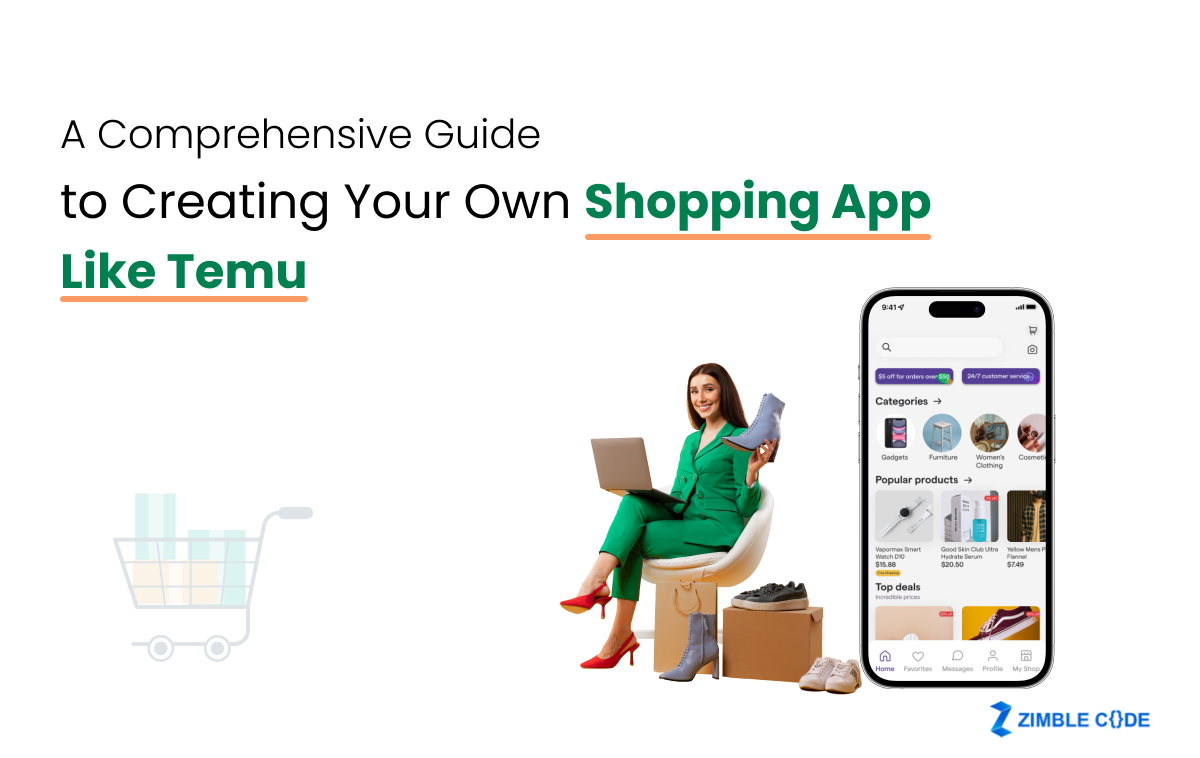
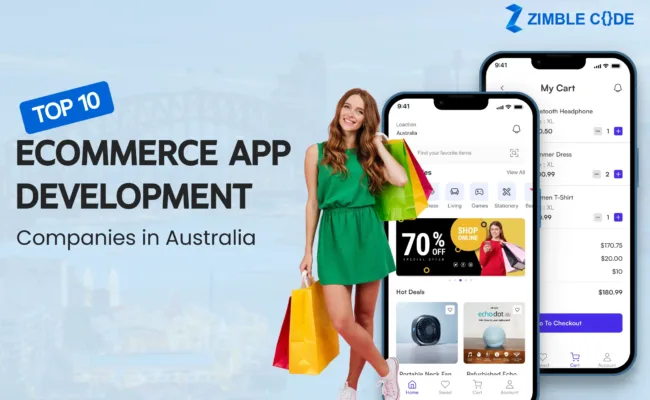
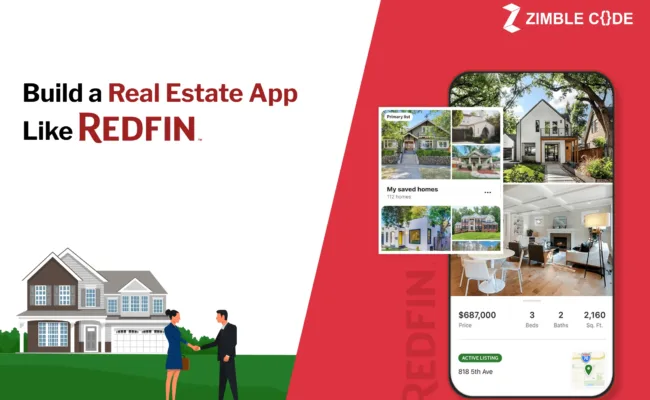
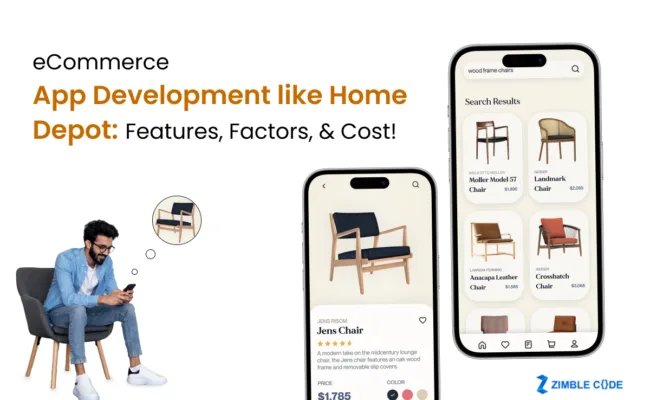
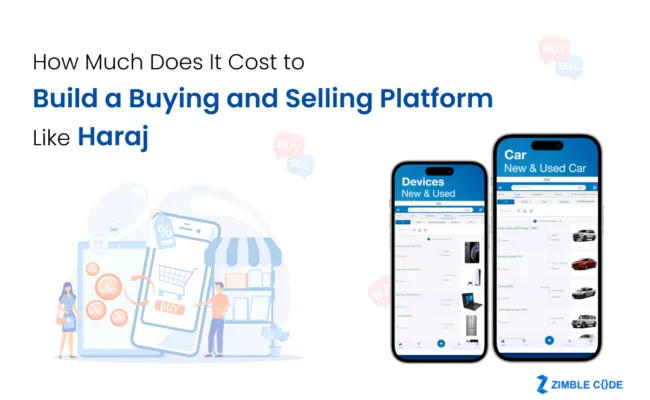
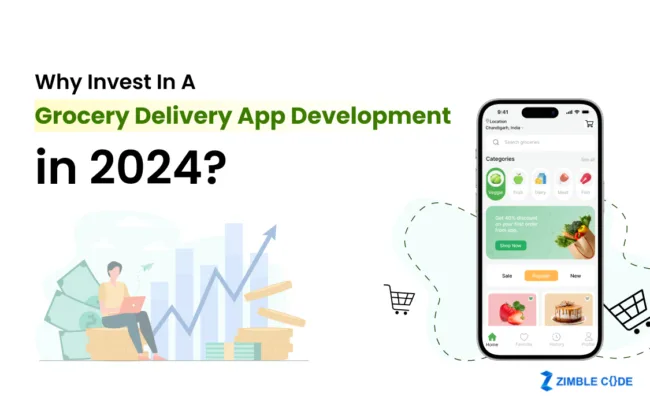

Leave A Comment